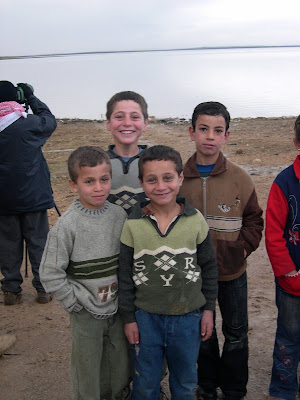o Ancient City of Damascus (1979)
o Ancient City of Bosra (1980)
o Site of Palmyra (1980)
o Ancient City of Aleppo (1986)
 Old Damascus
Old DamascusAdministrative District of Damascus
N33 30 41 E36 18 23
ref: 20
Brief DescriptionFounded in the 3rd millennium B.C., Damascus is one of the oldest cities in the Middle East. In the Middle Ages, it was the centre of a flourishing craft industry, specializing in swords and lace. The city has some 125 monuments from different periods of its history – one of the most spectacular is the 8th-century Great Mosque of the Umayyads, built on the site of an Assyrian sanctuary.
 Bosra
BosraGovernorate of Deraa
N32 31 05 E36 28 54
ref: 22
Brief DescriptionBosra, once the capital of the Roman province of Arabia, was an important stopover on the ancient caravan route to Mecca. A magnificent 2nd-century Roman theatre, early Christian ruins and several mosques are found within its great walls.
 Palmyra
PalmyraBrief DescriptionProvince of Homs
N34 33 15 E38 16 00
ref: 23
An oasis in the Syrian desert, north-east of Damascus, Palmyra contains the monumental ruins of a great city that was one of the most important cultural centres of the ancient world. From the 1st to the 2nd century, the art and architecture of Palmyra, standing at the crossroads of several civilizations, married Graeco-Roman techniques with local traditions and Persian influences.
 Ancient City of Aleppo
Ancient City of AleppoBrief DescriptionAleppo
N36 11 58 E37 09 45
ref: 21
Located at the crossroads of several trade routes from the 2nd millennium B.C., Aleppo was ruled successively by the Hittites, Assyrians, Arabs, Mongols, Mamelukes and Ottomans. The 13th-century citadel, 12th-century Great Mosque and various 17th-century madrasas, palaces, caravanserais and hammams all form part of the city's cohesive, unique urban fabric, now threatened by overpopulation.











































.JPG)








